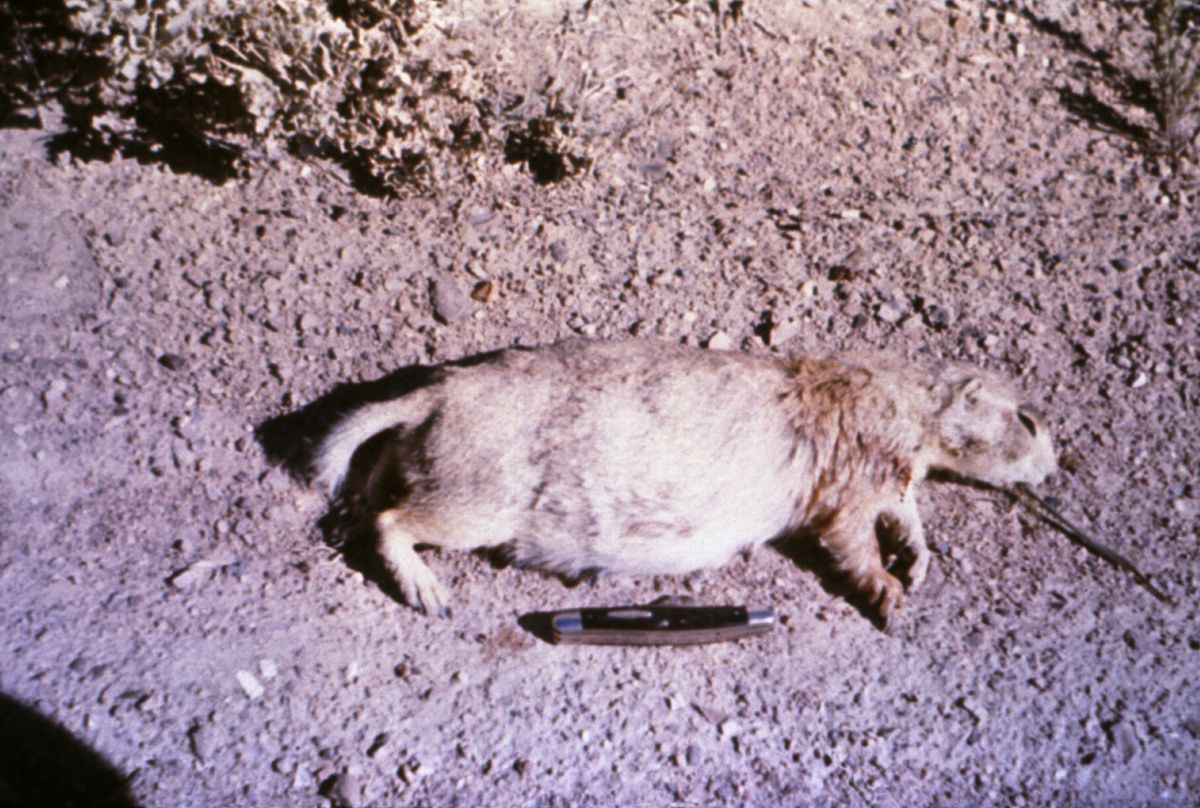
What is Omsk Hemorrhagic Fever? Omsk Hemorrhagic Fever (OHF) is a rare but serious viral disease found primarily in parts of Russia. Caused by the Omsk hemorrhagic fever virus (OHFV), it belongs to the Flavivirus family, the same group responsible for dengue and yellow fever. Transmitted mainly through tick bites or contact with infected muskrats, OHF can also spread via contaminated water. Symptoms include high fever, headache, muscle pain, and bleeding disorders. While most people recover fully, severe cases can lead to long-term health issues or even death. Understanding OHF is crucial for those living in or traveling to affected regions. Stay informed to stay safe!
Key Takeaways:
- Omsk Hemorrhagic Fever is a rare viral disease in Russia, spread by tick bites and infected rodents. Early recognition of symptoms and preventive measures are crucial for avoiding this serious illness.
- There is no specific treatment or vaccine for Omsk Hemorrhagic Fever. Prevention involves avoiding tick-infested areas, using insect repellent, and handling rodents safely. Public health education and ongoing research are essential for controlling outbreaks and improving outcomes.
What is Omsk Hemorrhagic Fever?
Omsk Hemorrhagic Fever (OHF) is a rare but serious viral disease. It primarily affects people in certain regions of Russia. Understanding this illness can help in recognizing symptoms and preventing its spread.
-
OHF is caused by a virus from the Flavivirus family, the same family responsible for dengue and yellow fever.
-
The disease was first identified in the 1940s in Omsk, a city in southwestern Siberia, Russia.
-
Transmission occurs through tick bites. The primary vector is the Dermacentor reticulatus tick.
-
Infected rodents can also spread the virus. People can contract OHF by handling infected muskrats or other rodents.
-
Symptoms usually appear within 3-8 days after exposure. Early signs include fever, headache, and muscle pain.
Symptoms and Diagnosis
Recognizing the symptoms early can be crucial for treatment. Diagnosis often involves a combination of clinical evaluation and laboratory tests.
-
Hemorrhagic symptoms such as bleeding gums, nosebleeds, and bruising can develop as the disease progresses.
-
Gastrointestinal symptoms like nausea, vomiting, and abdominal pain are common.
-
Neurological symptoms may include confusion, dizziness, and even seizures in severe cases.
-
Laboratory tests such as PCR (Polymerase Chain Reaction) and ELISA (Enzyme-Linked Immunosorbent Assay) are used to confirm the diagnosis.
-
Blood tests often show low platelet counts and elevated liver enzymes, indicating liver involvement.
Treatment and Prevention
There is no specific antiviral treatment for OHF. Supportive care is the mainstay of treatment, and prevention focuses on avoiding tick bites and contact with infected animals.
-
Supportive care includes hydration, pain relief, and management of bleeding complications.
-
Antibiotics are not effective against the virus but may be used to treat secondary bacterial infections.
-
Preventive measures include using insect repellent, wearing protective clothing, and avoiding tick-infested areas.
-
Vaccination is not available for OHF, making preventive measures even more critical.
-
Public health education in endemic areas helps reduce the risk of infection by informing people about how to avoid ticks and handle rodents safely.
Epidemiology and Impact
Understanding the epidemiology of OHF helps in tracking and controlling outbreaks. The disease has a significant impact on affected communities.
-
OHF is endemic to certain regions of Russia, particularly in the Omsk, Novosibirsk, Kurgan, and Tyumen regions.
-
Outbreaks are often seasonal, with most cases occurring in spring and summer when ticks are most active.
-
The disease primarily affects rural populations who are more likely to come into contact with ticks and infected rodents.
-
Mortality rates can be high, especially in severe cases with hemorrhagic complications.
-
Economic impact includes healthcare costs and loss of productivity due to illness.
Research and Future Directions
Ongoing research aims to better understand OHF and develop effective treatments and preventive measures.
-
Scientists are studying the virus to understand its genetic makeup and how it causes disease.
-
Research on tick behavior helps in developing strategies to reduce tick populations and prevent bites.
-
Efforts are underway to develop a vaccine, though it is still in the experimental stages.
-
Public health initiatives focus on improving surveillance and response to outbreaks.
-
International collaboration is essential for advancing research and improving outcomes for those affected by OHF.
Final Thoughts on Omsk Hemorrhagic Fever
Omsk Hemorrhagic Fever (OHF) is a serious tick-borne illness found mainly in Russia. It’s caused by the Omsk hemorrhagic fever virus, part of the Flavivirus family. Symptoms include fever, headache, muscle pain, and sometimes bleeding. There’s no specific treatment, so prevention is key. Avoiding tick bites by using repellents and wearing protective clothing can help. OHF can also spread through contact with infected animals, especially muskrats. Knowing these facts can help you stay safe if you’re in an area where OHF is present. Stay informed, take precautions, and always seek medical advice if you suspect you’ve been exposed. Understanding OHF is crucial for those living in or visiting affected regions. Stay vigilant and protect yourself from this potentially dangerous virus.
Frequently Asked Questions
Was this page helpful?
Our commitment to delivering trustworthy and engaging content is at the heart of what we do. Each fact on our site is contributed by real users like you, bringing a wealth of diverse insights and information. To ensure the highest standards of accuracy and reliability, our dedicated editors meticulously review each submission. This process guarantees that the facts we share are not only fascinating but also credible. Trust in our commitment to quality and authenticity as you explore and learn with us.
